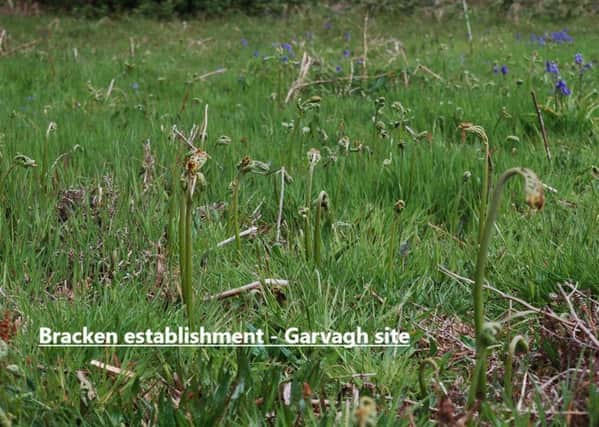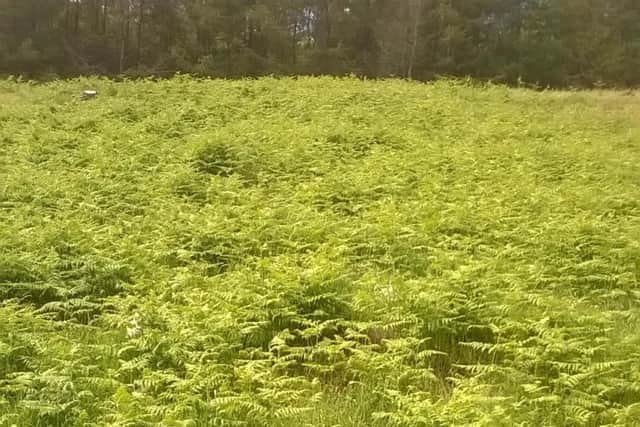DAERA Notes: Environment


The Code explains the practical steps that farmers in Northern Ireland (NI) can take to minimise ammonia emissions. From the storage and application of organic manures, the application of manufactured fertiliser and through modifications to livestock diets and housing by applying well researched techniques.
Ammonia is an important air pollutant that can have significant effects on both human health and the environment. The government has agreed to reduce ammonia emissions by 8% in 2020 and by 16% in 2030 compared to 2005 levels. Around 94% of ammonia emissions in NI are from agriculture and the achievement of these targets will require widespread adoption of the measures in the Code. The Code is available on the DAERA website and can be easily found by opening the DAERA website at: www.daera-ni.gov.uk and searching for ‘ammonia code’.
Bracken control in July
Advertisement
Hide AdAdvertisement
Hide Ad

Timing of control methods for bracken are critical as the plant has over ten times its mass below the ground as above. As fronds develop in the spring, the energy reserves in the rhizomes diminish and only start to become replenished once the fronds are fully extended. Control options, depending on site safety, include spraying, weed wiping, cutting and rolling but success requires repeated action. Control is important for four reasons – land eligibility, habitat damage, water quality and disease. Bracken can form a very thick stand of vegetation resulting in shading from the bracken canopy. This may be so severe that little or nothing can grow beneath it, sometimes at the expense of a priority habitat area such as heather moorland or semi-natural grassland.
Bracken contains Ptaquiloside, a natural phytotoxin, which has been identified as a carcinogen affecting stock and water quality. Bracken provides a refuge for ticks which are linked to redwater and louping-ill in stock and a developing issue in people of Lyme disease. Bracken is not eligible for area based Schemes. Further information is available in the ‘DAERA 2019 Guide to Land Eligibility’ available at: www.daera-ni.gov.uk.
The most effective control is spraying with the selective herbicide Asulam in July after full frond expansion. Asulam was previously withdrawn but has been made available under emergency licence for the past seven years for use between 1 July and 31 October. Only buy the required amount as storage beyond October is not permitted under pesticides legislation and therefore cross-compliance.
Further information about the Emergency Authorisation (including key dates for 2019) is available at: www.brackencontrol.co.uk/asulam.
Advertisement
Hide AdAdvertisement
Hide Ad

Application of the non-selective herbicide Glyphosate to bracken with a weed wiper can reduce the risk to other vegetation and is successful if a wetting agent is used. Cutting or rolling can also be used and works on the principle of repeated treatments to weaken the bracken and exhaust the reserves in the underground storage stems.
Cutting or rolling should be carried out from mid-June as the plants reach maturity with a second treatment in August. A minimum of two treatments per year for four years will be required. All these treatments should not start until after mid-July if ground nesting birds are present.
CAFRE’s control plots have achieved a consistent 95% bracken reduction with one spray of Asulam, costing approximately £150 per hectare in chemical cost. There was little regrowth and no damage to the underlying habitat. From one year’s data it appears that the cheaper chemical option of Glyphosate weed wiping has reduced bracken cover by up to 80%, but further control will be required. Cutting plots have shown stimulated frond production initially so must be repeated with dedication over several years. Rolling twice each year has shown some success, with variable results (30-90%) between sites.